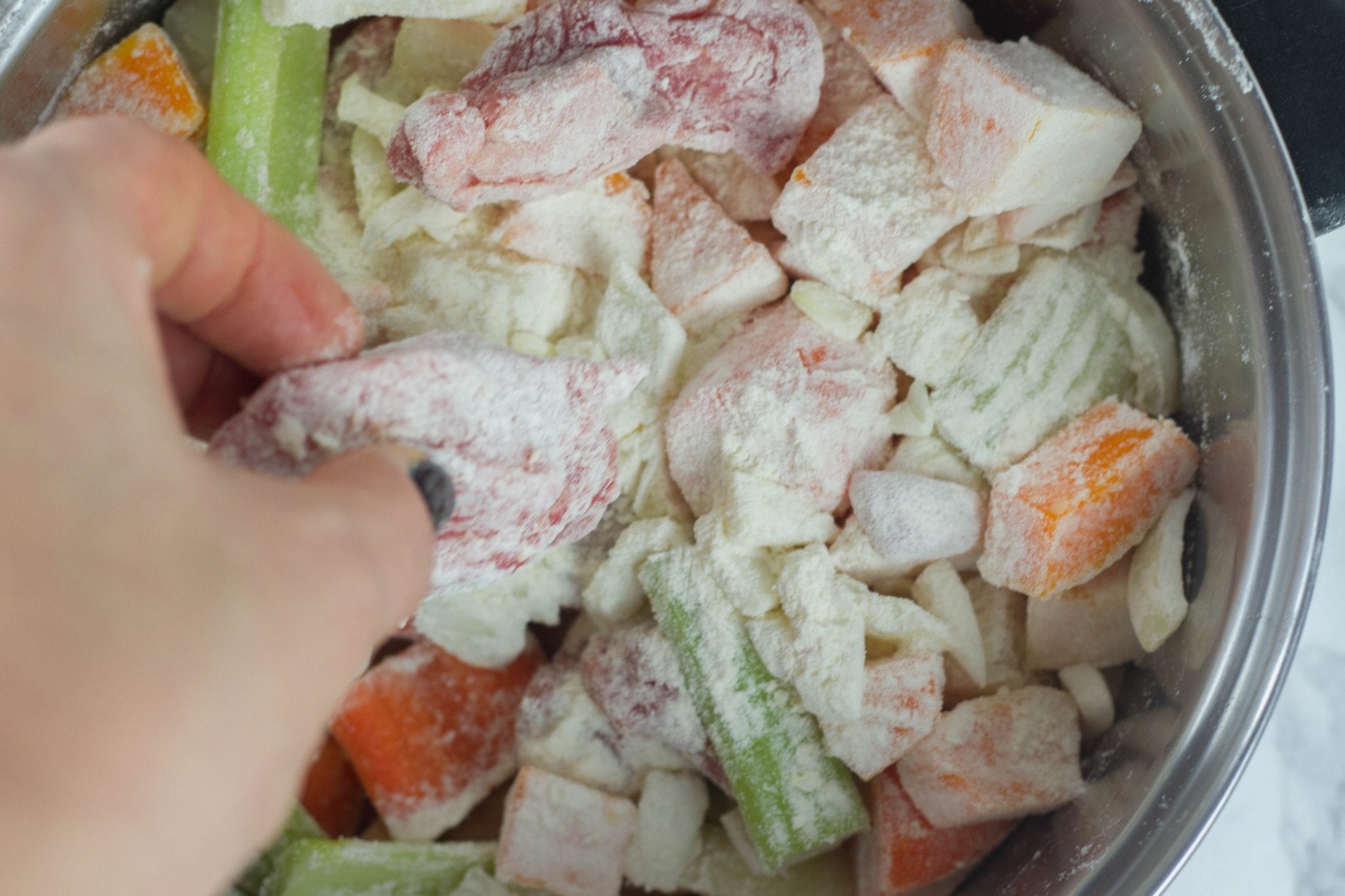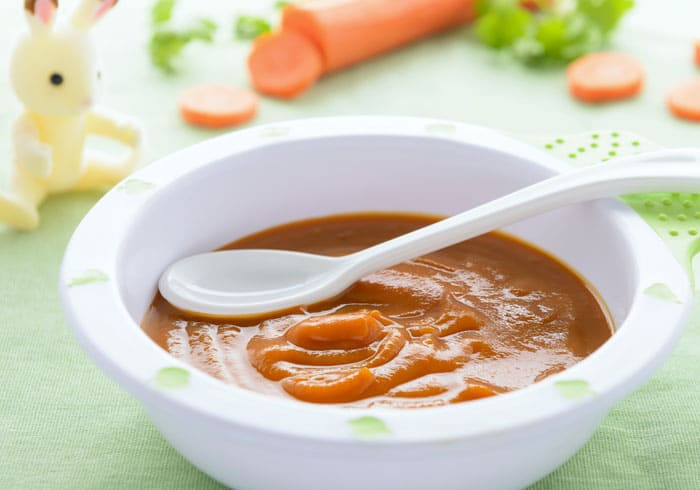Indulge in the warmth and savory flavors of baby beef stew, a culinary masterpiece that embodies comfort and versatility. Whether you’re a seasoned cook or just starting your culinary journey, this dish is sure to impress with its rich, hearty texture and tantalizing aroma.
Our comprehensive guide will take you through every step of creating this delectable stew, from selecting the perfect ingredients to mastering the art of simmering. Along the way, we’ll explore variations and substitutions that cater to your preferences and dietary needs, ensuring that every bite is an unforgettable experience.
Ingredients for Baby Beef Stew

To create a delectable baby beef stew, an array of ingredients is required, each playing a crucial role in enhancing its flavor and texture.
The main component is baby beef, renowned for its tenderness and mild flavor. Other ingredients include vegetables like carrots, celery, and onions, which provide a medley of textures and natural sweetness. Potatoes, a hearty and filling addition, contribute to the stew’s satisfying texture.
Broth and Seasonings
Beef broth forms the base of the stew, providing a rich and savory foundation. A blend of herbs and spices, such as thyme, bay leaves, and black peppercorns, adds depth and complexity to the flavor profile.
Cooking s for Baby Beef Stew
Preparing and cooking baby beef stew involves a combination of techniques that enhance the flavor and texture of the dish. By following these s, you can create a delicious and comforting stew that is perfect for a family meal.
Browning the Meat
Browning the meat is an essential step in creating a flavorful stew. Cut the beef into small, bite-sized pieces and season them with salt and pepper. Heat a large pot or Dutch oven over medium heat and add a drizzle of olive oil.
Add the beef to the pot and cook, stirring occasionally, until it is browned on all sides. Browning the meat creates a caramelized exterior that adds depth of flavor to the stew.
Sautéing Vegetables
While the meat is browning, prepare the vegetables. Chop the onions, carrots, and celery into small pieces. Once the meat is browned, remove it from the pot and set it aside. Add the vegetables to the pot and cook, stirring occasionally, until they are softened and slightly browned.
Sautéing the vegetables brings out their natural sweetness and adds complexity to the stew.
Simmering the Stew
Once the vegetables are sautéed, add the browned meat back to the pot. Add beef broth, diced tomatoes, and any other desired seasonings. Bring the mixture to a boil, then reduce heat and simmer for at least 1 hour, or until the meat is tender and the vegetables are cooked through.
Simmering allows the flavors to meld and create a rich and flavorful stew.
Tips for Achieving the Best Flavor and Texture:
- Use a good quality beef for the best flavor.
- Don’t overcrowd the pot when browning the meat. Cook it in batches if necessary.
- Sauté the vegetables until they are slightly browned, but not mushy.
- Simmer the stew for at least 1 hour, or longer if desired.
- Taste the stew as it cooks and adjust the seasonings as needed.
Variations and Substitutions for Baby Beef Stew
The classic baby beef stew recipe offers a versatile base that can be customized to suit various tastes and preferences. Experimenting with different ingredients can result in unique and flavorful variations.
Cuts of Meat:
- Chuck roast or rump roast can be used instead of baby beef for a more budget-friendly option.
- Ground beef or turkey can be substituted for a leaner stew.
- Lamb or venison can be used for a gamey flavor.
Vegetables:
- Sweet potatoes or butternut squash can add a sweet and earthy flavor.
- Celery root or parsnips can provide a more subtle crunch.
- Mushrooms or bell peppers can enhance the umami and color.
Seasonings:
- Bay leaves or thyme can add a herbaceous aroma.
- Cumin or chili powder can introduce a spicy kick.
- Mustard or Worcestershire sauce can enhance the depth of flavor.
Substitutions:
- Beef broth can be used instead of chicken broth for a richer flavor.
- Red wine can be substituted for white wine to add a deeper color and flavor.
- Flour can be used instead of cornstarch as a thickener, but it may require longer cooking.
These variations and substitutions allow for endless possibilities to create a baby beef stew that meets your specific preferences and available ingredients. Experimenting with different combinations can result in a stew that is uniquely delicious and satisfying.
Presentation and Serving Suggestions for Baby Beef Stew

To make your baby beef stew even more enticing, consider the following presentation and serving suggestions:
Visual Appeal
- Garnish the stew with fresh herbs such as parsley, chives, or thyme to add a touch of color and freshness.
- Create a swirl of sour cream or crème fraîche on top of the stew to enhance its visual appeal and richness.
- Consider serving the stew in individual bowls or ramekins to make it more convenient and visually appealing.
Accompaniments
- Pair the stew with a side of crusty bread or biscuits to soak up all the delicious juices.
- Serve the stew with a side salad to add a light and refreshing touch to the meal.
- Offer a dollop of mashed potatoes or creamy polenta to complement the stew’s savory flavors.
Serving Options
- As a main course: Serve the stew as a hearty and satisfying main dish, accompanied by your desired sides.
- As part of a larger meal: Incorporate the stew into a larger meal, such as a family dinner or holiday gathering, alongside other dishes.
- As a standalone dish: For a quick and easy meal, serve the stew on its own with a side of your choice.
Conclusion
As you savor the last spoonful of your homemade baby beef stew, let the warmth and contentment fill you. This dish is not just a meal; it’s a testament to the power of home cooking, bringing people together over a shared love of good food.
Whether you enjoy it on a chilly evening or as a hearty lunch, baby beef stew is a culinary treasure that will continue to delight for generations to come.
Common Queries
Can I use other cuts of meat for baby beef stew?
Yes, while baby beef is traditionally used, you can substitute it with chuck roast, brisket, or shoulder roast for a slightly different flavor and texture.
What vegetables can I add to my baby beef stew?
The classic combination includes carrots, celery, and onions, but feel free to experiment with other vegetables such as potatoes, parsnips, or mushrooms.
How can I thicken my baby beef stew?
To achieve a thicker stew, you can add a cornstarch slurry (equal parts cornstarch and water) or a roux (equal parts butter and flour) towards the end of cooking.
